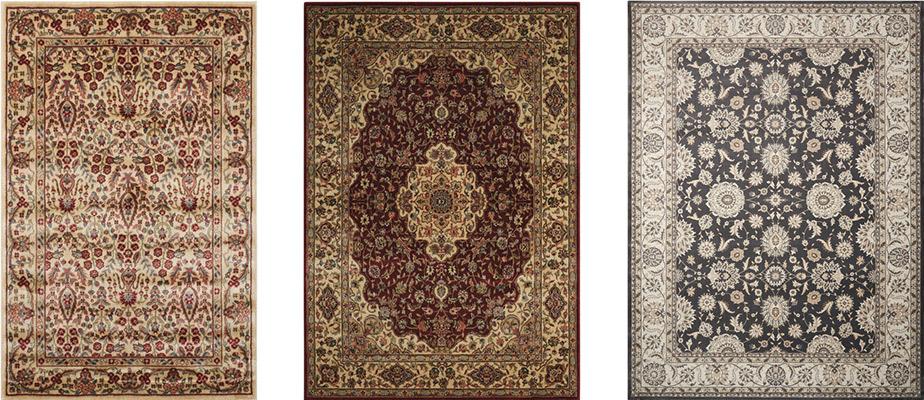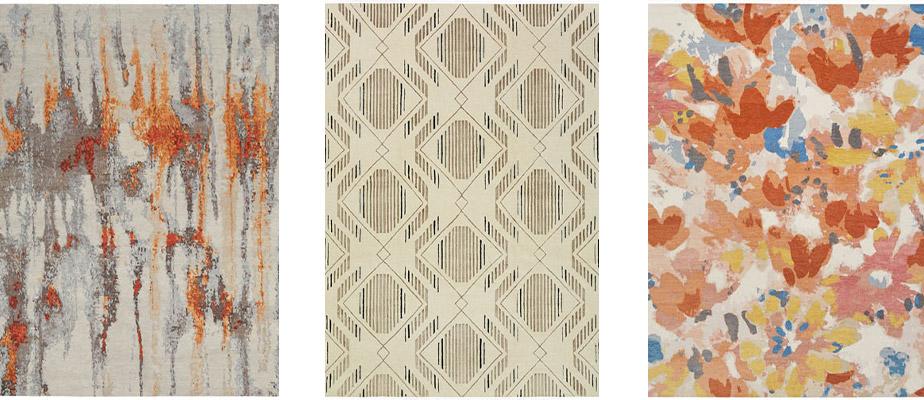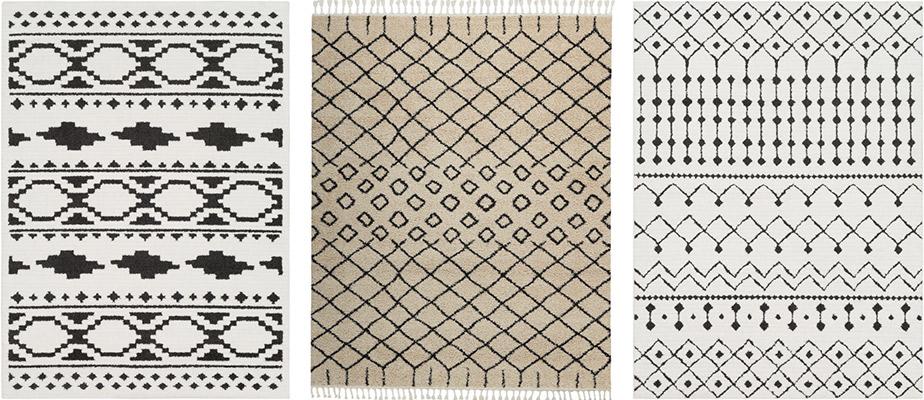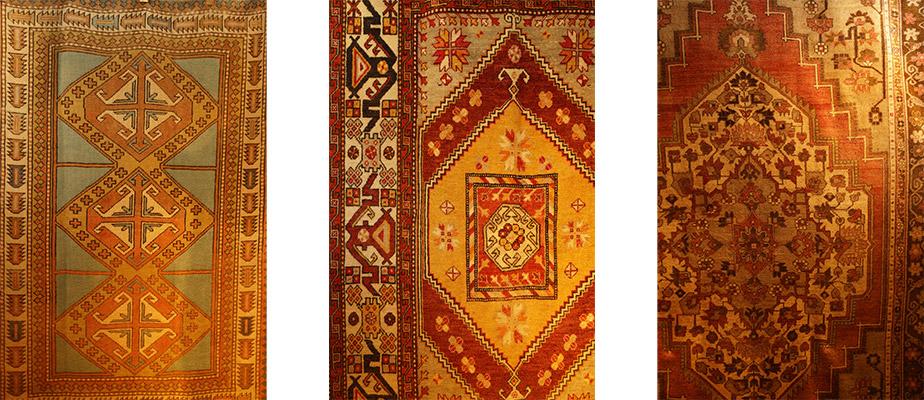The back-to-school season is officially upon us. Heading back to school might seem like a drag, but learning can be fun! Remember geography class where you’d learn about countries and cultures across the globe? Well, you can explore rugs from all around the world right here in Cincinnati at The Rug Gallery! Each region’s rugs have their own distinctive look. From textures, patterns, materials and more, you’re sure to discover a rug that fits your home’s unique style.

Rugs Around the World
Persian Rugs

Authentic Persian rugs are hand-knotted in Iran. While Persia no longer exists today, the unique features and prevalence of the knotting styles used in these rugs set them apart from other types of rugs. The most common knot used in these rugs is called the Persian (or Senneh) Knot, an asymmetrical knotting style that is only found in these rugs. Some even have as many as 500 knots per square inch.
Tibetan Rugs

The key to Tibetan rugs that make them different from any other rug in the world is the wool. You cannot take Tibetan wool any place else in the world and weave it. You can only do it in Nepal and in Tibet. You get a very nice velvet feel to it and a really nice sharp silky appearance to it when you wash it properly, which really no other wool rug in the world can achieve.
Moroccan Rugs

These beautiful rugs come in a variety of styles and colors, making them perfect for any room. Traditionally, these rugs were made by the people of Morocco for their utility—not as much for their design or appearance. Today, they are still crafted by tribal peoples and are highly sought after in the Western world.
Turkish Rugs

Anatolian rugs refer to a type of Turkish rug woven in Anatolia and adjacent areas. Unlike kilim rugs, which are flat-woven, Anatolian rugs are hand-knotted and pile-woven. They can be used on the floor or as decorative wall hangings. Increased trading between regions in the 13th century led to the blanket term “Turkish” for any carpet originating from this area and beyond.
